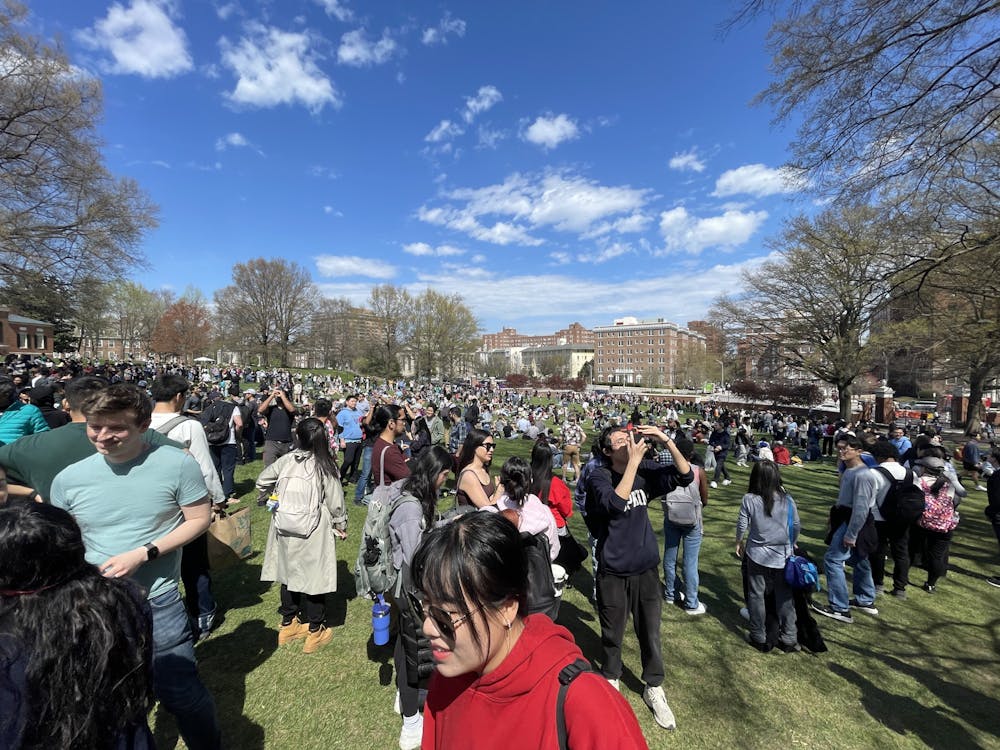
Science and technology have never been a more prominent facet of government than they are now, and yet scientists have never been more disregarded. Scientific fact is not immune to the distortion of reality popularized by a Trump campaign and administration that would rather fund a border wall destined for failure than invest in renewable energy.
Meanwhile the structure of the federal government’s science agencies has been in place for decades and, although tweaks have been made, the system has failed to truly adjust and modernize. Funding science has been seen as a wasteful endeavor by many on Capitol Hill. Furthermore, the way that the U.S. government organizes and handles its scientific resources serves only to fuel this perpetual stigma.
Currently, science is highly fragmented at the federal level. A slew of agencies scattered across multiple departments combine to collectively cover the science-related tasks of the federal government.
We all know about the famous ones like NASA and the Environmental Protection Agency (EPA), but those two are only the tip of the iceberg. Science is much more prevalent at the federal level than anyone would expect.
We have a collection of agencies that are centered around science and technology. The alphabet soup ranges from DARPA (Defense Advanced Research Projects Agency) to NOAA (National Oceanic and Atmospheric Administration) to the NSF (National Science Foundation).
It doesn’t even stop there. Many departments within the federal bureaucracy also have divisions dedicated to science. The Department of Agriculture runs the Agricultural Research Service, the State Department has an Office of the Science and Technology Adviser.
This pasted-together assembly of offices, institutes and agencies that combine to compose the federal scientific community has a glaring problem: It ignores the fact that science is a collaborative process. The discontinuity of science in the federal government breeds an inefficient environment that almost ensures that these agencies won’t live up to their full potential or reclaim former glory.
Now bureaucratic infrastructure is never simple, but one solution to the shortcomings of the current federal science agencies would be to create a centralized U.S. Department of Science and Technology.
By simply reorganizing the current federal science agencies under one roof, a Department of Science and Technology could be created with minimal additional cost. Such a department would be a welcome addition to the federal government.
Not only would it seal the fissure between federal science agencies and allow them to work more closely together, it would also provide science with a face in Washington, D.C. Concentrating the federal government’s existing resources in the field would allow for them to be used in conjunction with one another, rather than in disconnect.
A potential Secretary of Science and Technology would be able to advise the President, Congress and cabinet members on matters relating to science, in addition to managing the department, since managing the department is a role that clearly needs to be filled by someone.
The creation of a Department of Science and Technology would fill the gap within the current federal science structure, providing the federal scientific community with the leadership and increased legitimacy it currently lacks in D.C.
Given the current political environment of alternative facts, the U.S. government needs a central, factual authority on science now more than ever. Maybe then we can stop blaming China for the global warming hoax, and Bill Nye won’t have to save the world.























Please note All comments are eligible for publication in The News-Letter.